SUMMARY
This is AI generated summarization, which may have errors. For context, always refer to the full article.
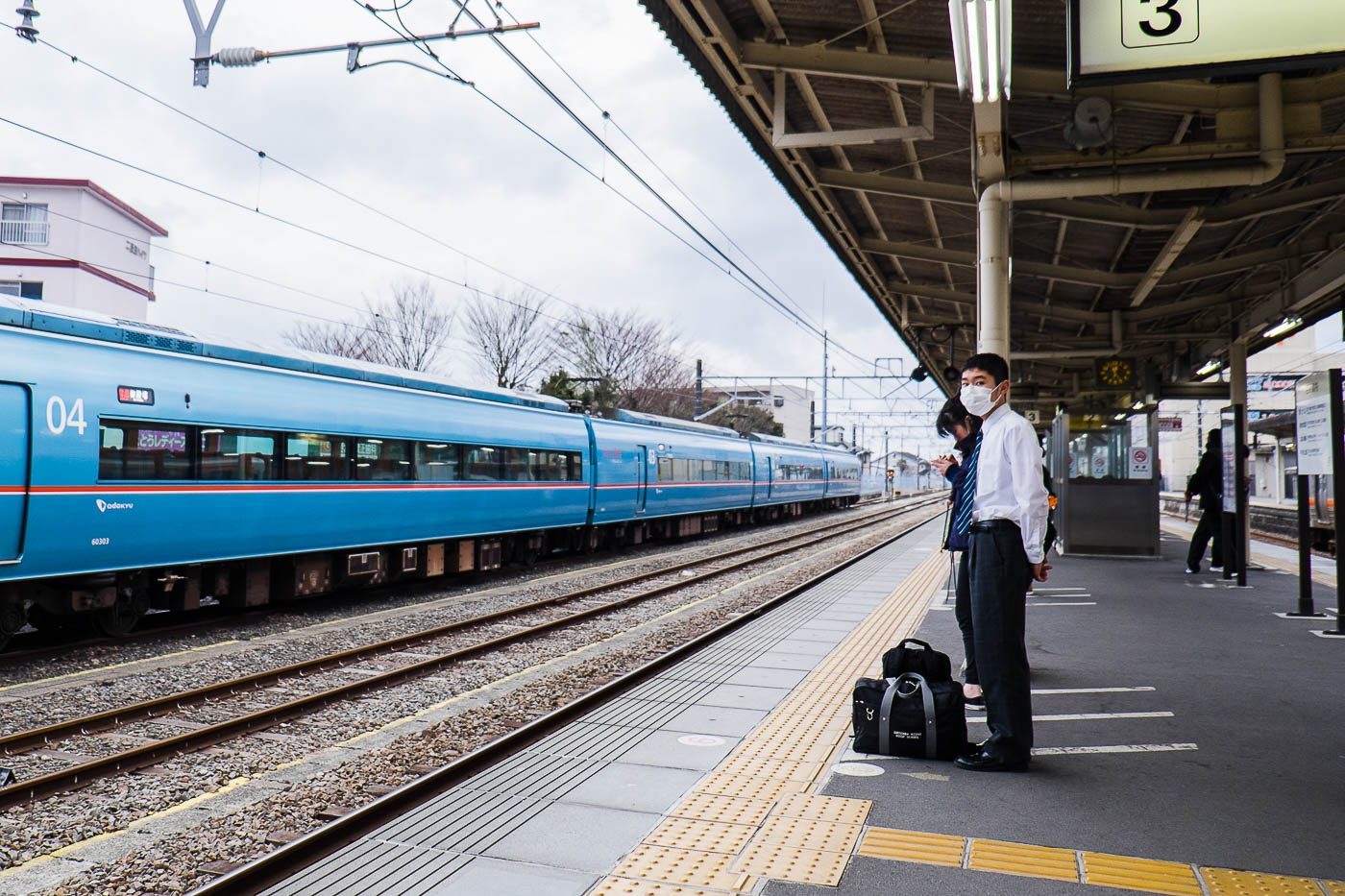
TOKYO, Japan— Anyone who has rode Manila’s overcrowded MRT, LRT, or PNR knows that the journey is neither the safest nor the most efficient. Commuters wait in long lines for late trains, passengers once rode the LRT with the door open, and having to disembark and walk on the tracks due to train failure is not a rare experience. The maintenance of these railway lines is one of the long-standing problems of the Philippine government.
Japan, on the other hand, has dozens of lines that cut across the country. Although it is one of the world’s most complex railroad systems in the world, it is also one of the safest and most systematic.
With an average capacity of 350,000 passengers per day on the MRT, what can the Philippines’ notorious train system adapt from one of the world’s most efficient?
1. Complexity that takes you everywhere
Going around the whole country is easy when interconnected bullet trains, famously known as Shinkansen in Japanese, can take you from one prefecture to another. Travel from Japan’s southernmost Kagoshima to northern Hakodate in around 11 hours on a bullet train that speeds up to 320 kilometres per hour. Once you hop off the shinkansen, hundreds of railway lines labeled by color can take you around whatever city you are in.
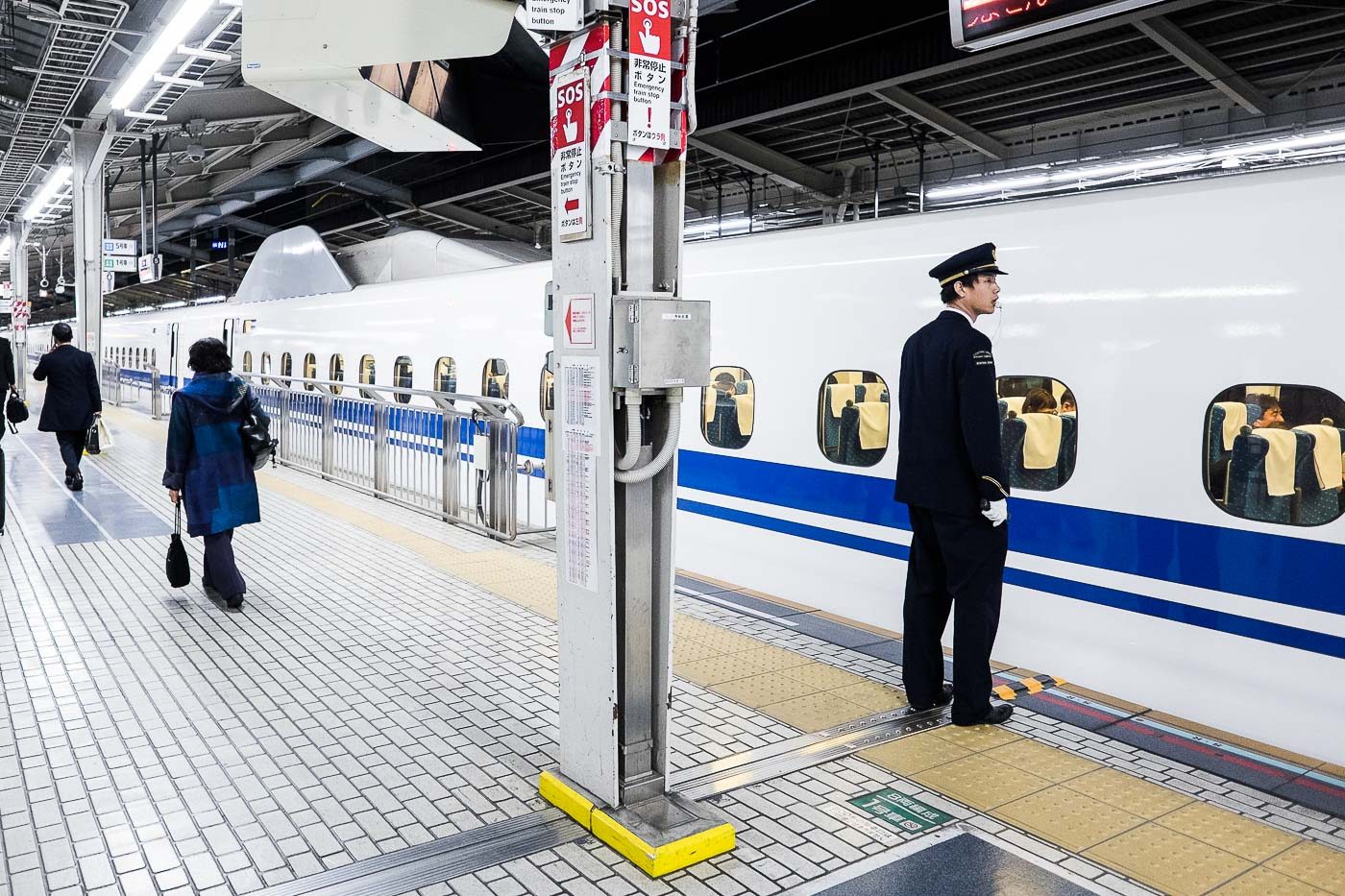
Tourists can purchase an unlimited Japan Rail Pass for 7 days which can be used to travel via bullet trains and hundreds of metro rails within different prefectures.
2. Support for PWDs and the aged.
No one gets left behind in Japan. Navigating some of its stations may feel like a maze, and the flights of stairs may be inconvenient especially for Japan’s ageing population. However, functioning elevators, ramps, or escalators are accessible in every station. In addition, visually impaired people can walk along special lanes made of dotted tiles that guide them around the station.
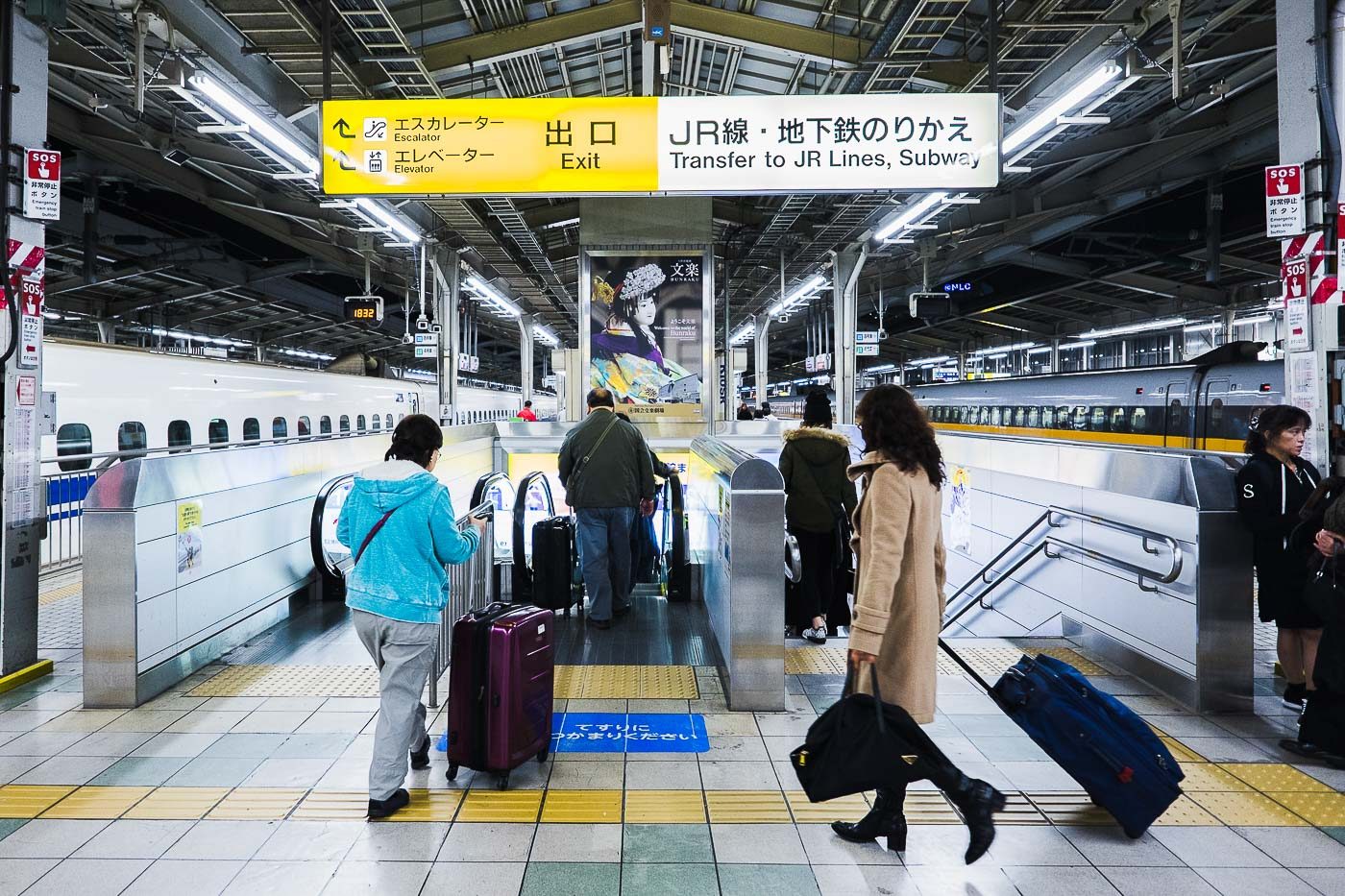
Those with mental health issues are also kept in mind. In the infamous Shin-Kiowa Station in Tokyo where dozens of people commit suicide every year, preventive measures have been installed. Calming videos of the ocean are displayed while numbers of suicide prevention hotlines are printed on free tissues.
3. Maps and apps
Exploring the country by train might give you a headache especially if you have to make multiple transfers. In Tokyo alone, there are over 800 stations situated along more than 100 railway lines.
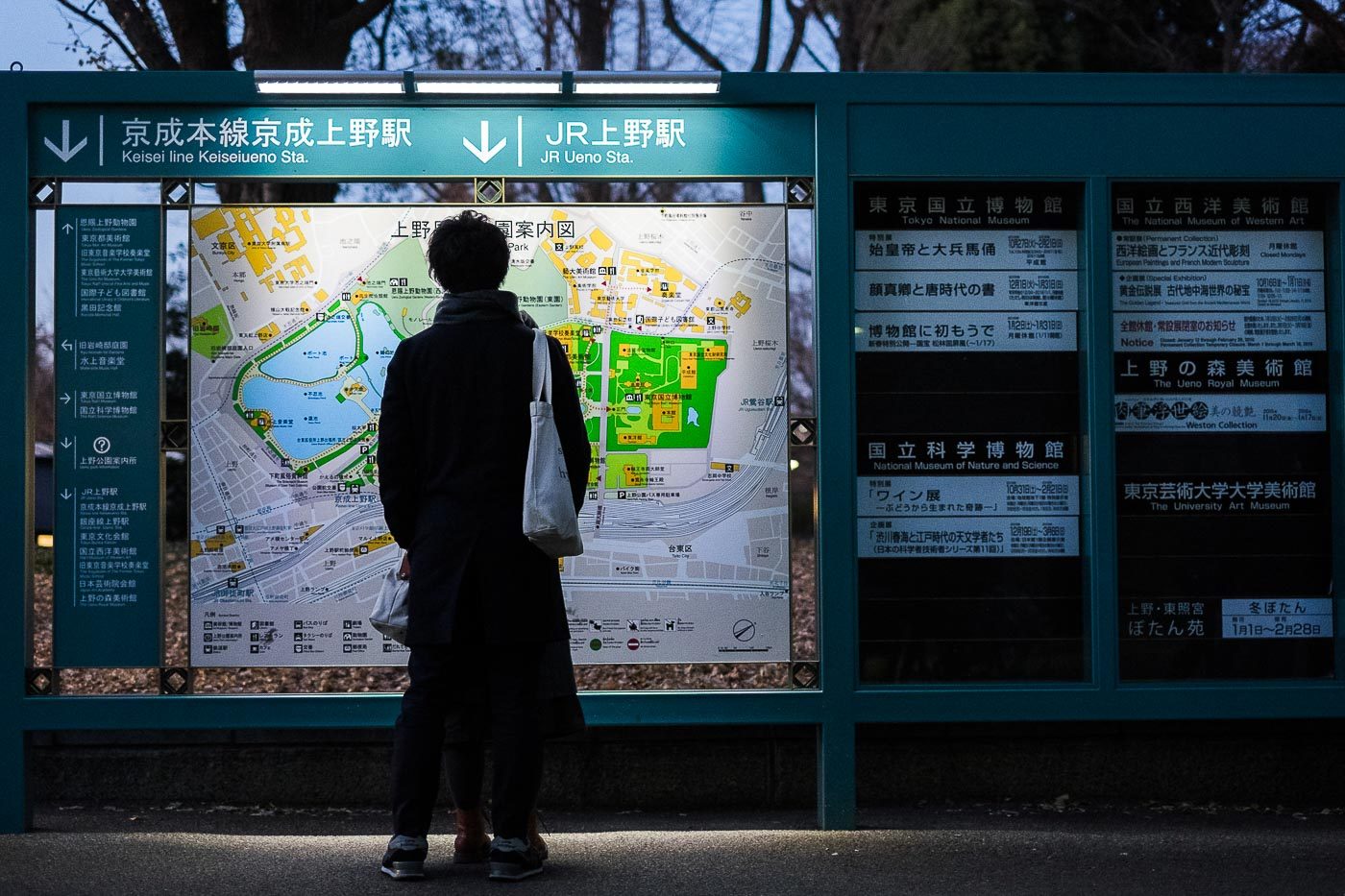
But free smartphone apps make navigating easier. Tokyo Subway Navigation by Tokyo Metro Co., Ltd. can detect the station nearest you and can determine which stations you have to transfer to, how long it will take, and how much. If you are traveling to a tourist attraction or a prominent area, simply look up your destination in the app, and it will give you directions on how to get there – complete with instructions on which stations to alight in and which exits to depart from.
4. Never miss a stop
Unlike riding the MRT, passengers on Japan’s newer trains don’t have to look out the window or listen to the muffled voice of the announcer to know whether or not they have to alight. There are blinking maps inside the train that indicate which station you are in and which station is coming up next.

5. Punctuality
Japan’s bullet trains are famous not only for their speed but also for their punctuality. According to JapanToday.com, trains’ average late arrivals in a year are counted in seconds, not minutes or hours.
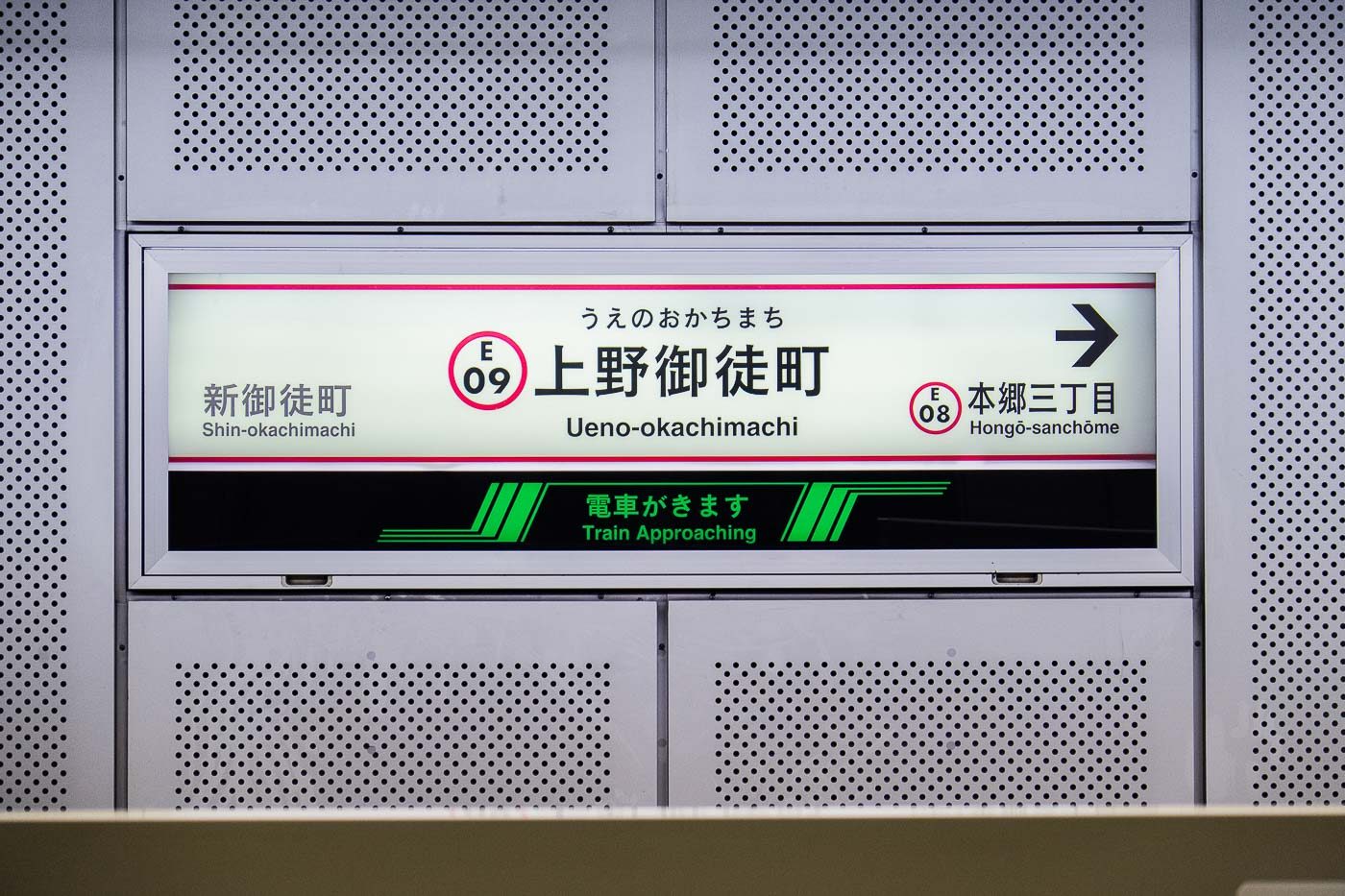
6. Shop using reloadable train cards
Japan has its own version of the Philippines’ reloadable beep cards. Aside from paying for train fares all over Japan, cards may also be used to purchase items in shopping malls around the country.
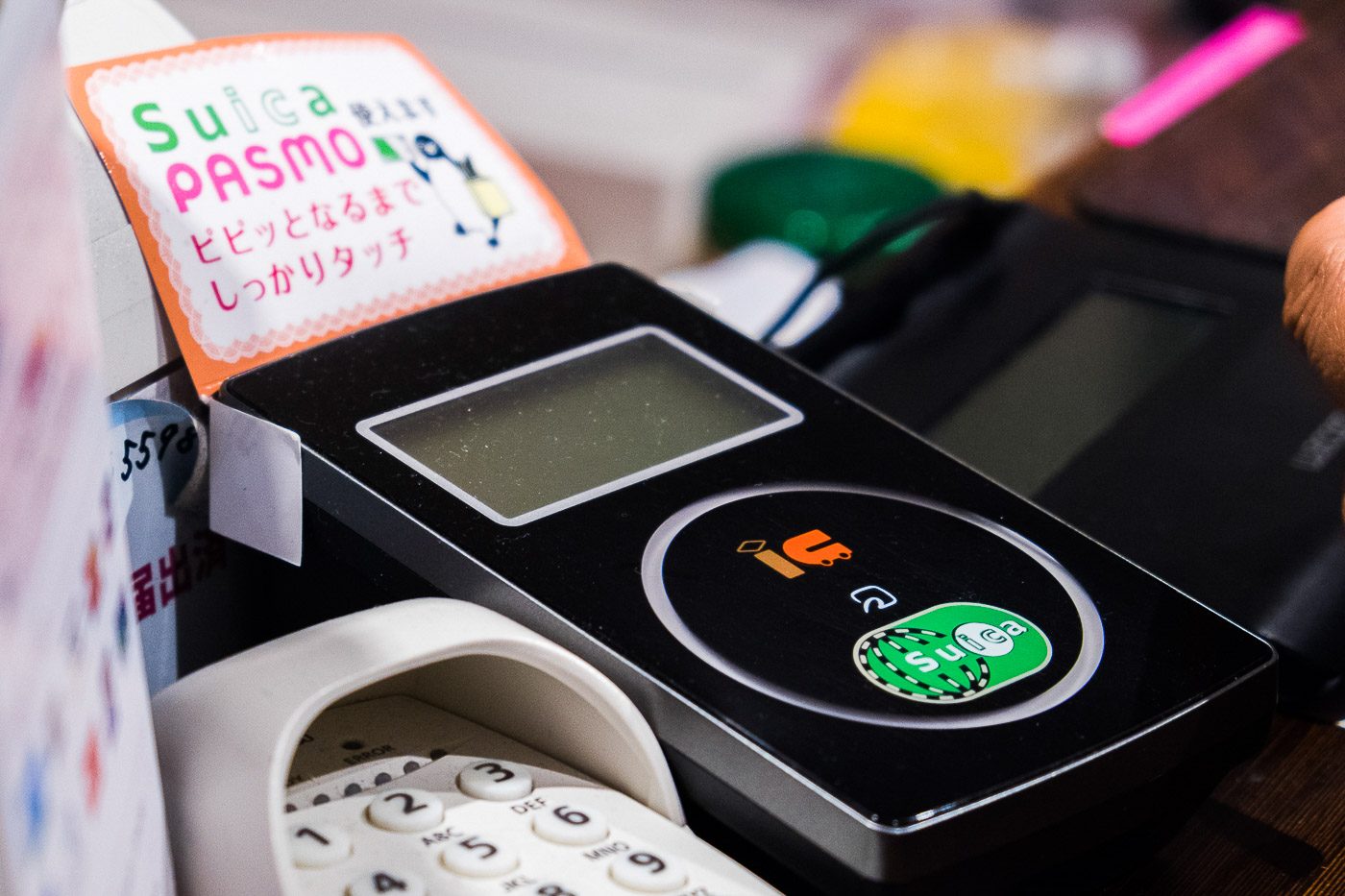
7. Travel productively and with ease
Trains that travel long distances are designed like airplanes; reclinable seats have desks, food can be bought onboard, and free wifi can be accessed on some trains. At every stop, each cart is sanitised by trash collectors who make sure that cleanliness is maintained.
The Philippines has a long way to go before it can boast of a train system that is at par with Japan’s. But with a P42.6 billion budget allocated to the Department of Transportation and Communications for 2016, the journey must start somewhere.
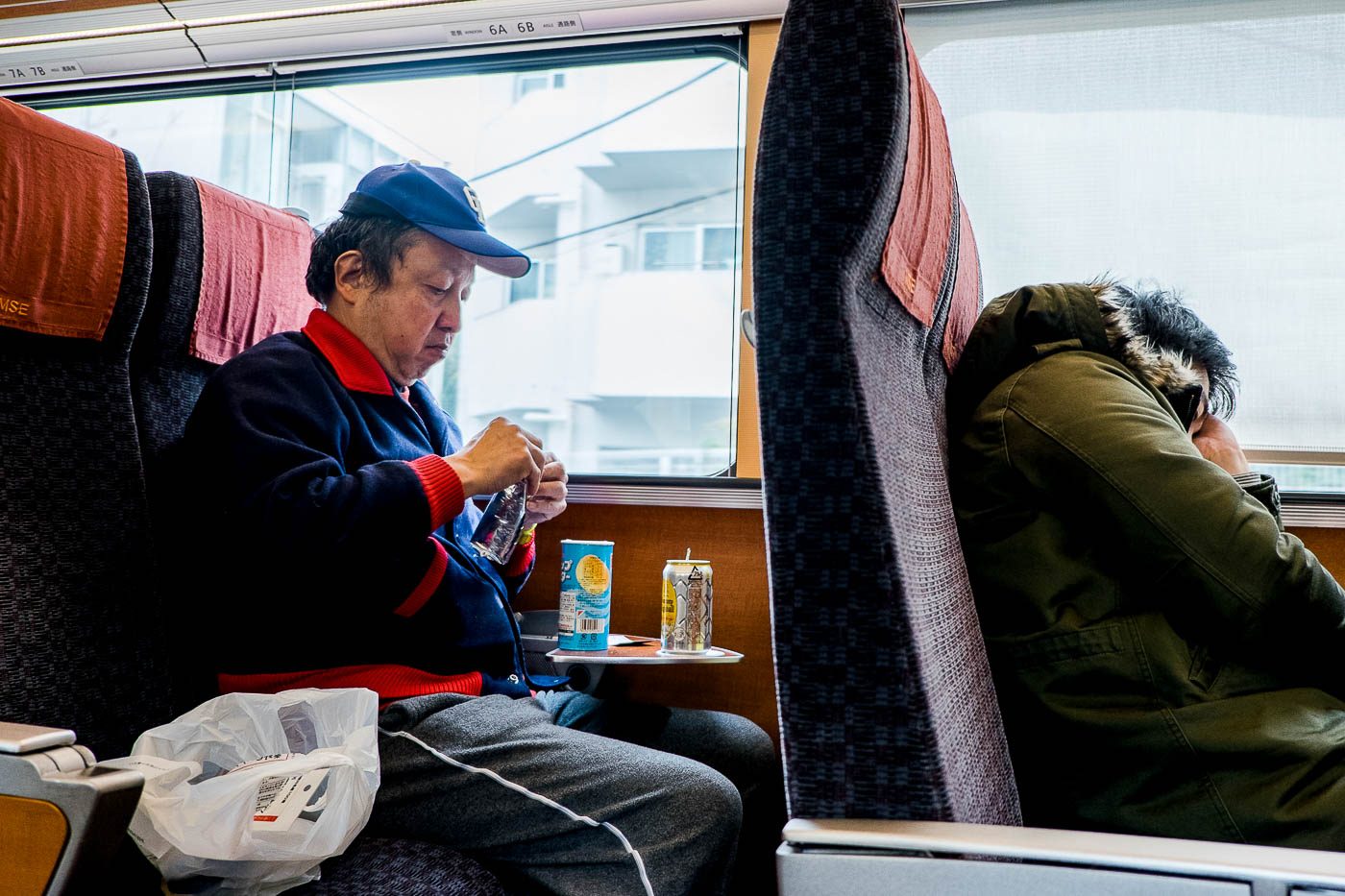
– Rappler.com
Add a comment
How does this make you feel?
There are no comments yet. Add your comment to start the conversation.